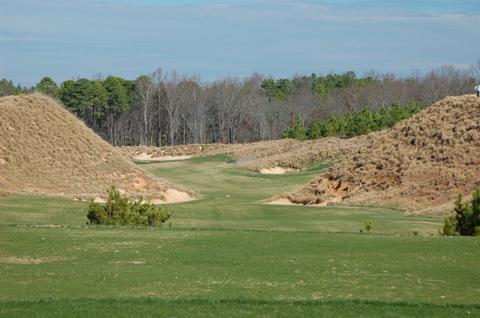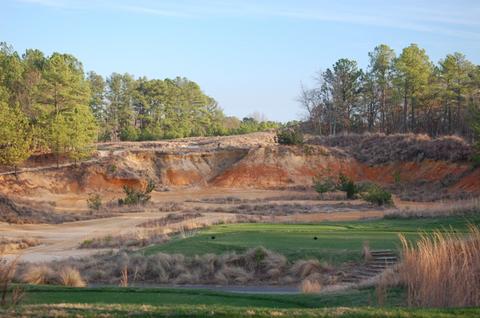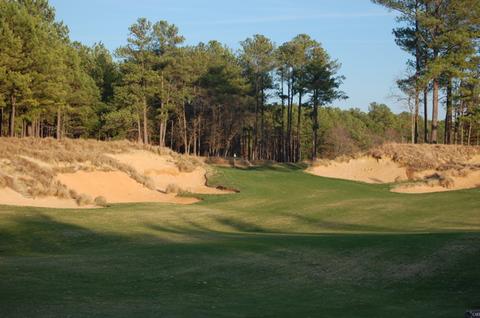The Internet is also one big swap meet, with sites like SwapVillage offering a way to dump stuff you don't want in exchange for someone else's unwanted stuff...or to loan out one of your most expensive possessions in exchange for someone else's expensive possession. In just a few months, I am going to do just that.
For the last six years, I have been a member of Homelink International, one of a number of web sites that serves as middleman for short-term exchanges of homes around the world. HomeLink charges a modest
My brother, who owns a home in San Francisco, has made a number of successful exchanges with other members in Italy, France and New York City. From my own observations as well as online discussions with other HomeLink members, homes in such iconic American cities as San Francisco and New York, as well as properties in Florida, are extremely popular with Europeans. (This could be one of the only good reasons to pick up a distress condo in Miami, to use it as trade bait.)
We are about to conduct our first exchange. I was bound and determined to play golf in Scotland this year for the first time as a 60th birthday present to myself, but the rapid devaluation of the dollar was going to make that expensive, if not impossible. As if by magic, I received an email a few months ago from a retired couple who live in Glasgow offering an exchange of their vacation home in Crail, on the east coast of Scotland just nine miles from St. Andrews, for our place in Pawleys Island. Crail is itself home to two well-regarded links courses at The Crail Golfing Society, and courses at Elie and Lundin are within a few minutes drive. The timing was perfect; in April George and Dorothy will stay at our condo in Pawleys Island, and in mid-June my son and I will stay in Crail.
It has been fun emailing back and forth with George and Dorothy, providing them with recommendations on golf courses they should play near our home and getting the scoop from them on Crail and the local environs. Tim and I will be dropping our names in the ballot box at St. Andrews every day until we win the lottery and get to play the Old Course. Now all I have to do is learn how to drive on the "wrong" side of the road.
HomeLink permits non-members to look at listings around the world, so if you want to check it out, click here. In June, I'll be reporting on our experience in Scotland and our first turn at house swapping.


























